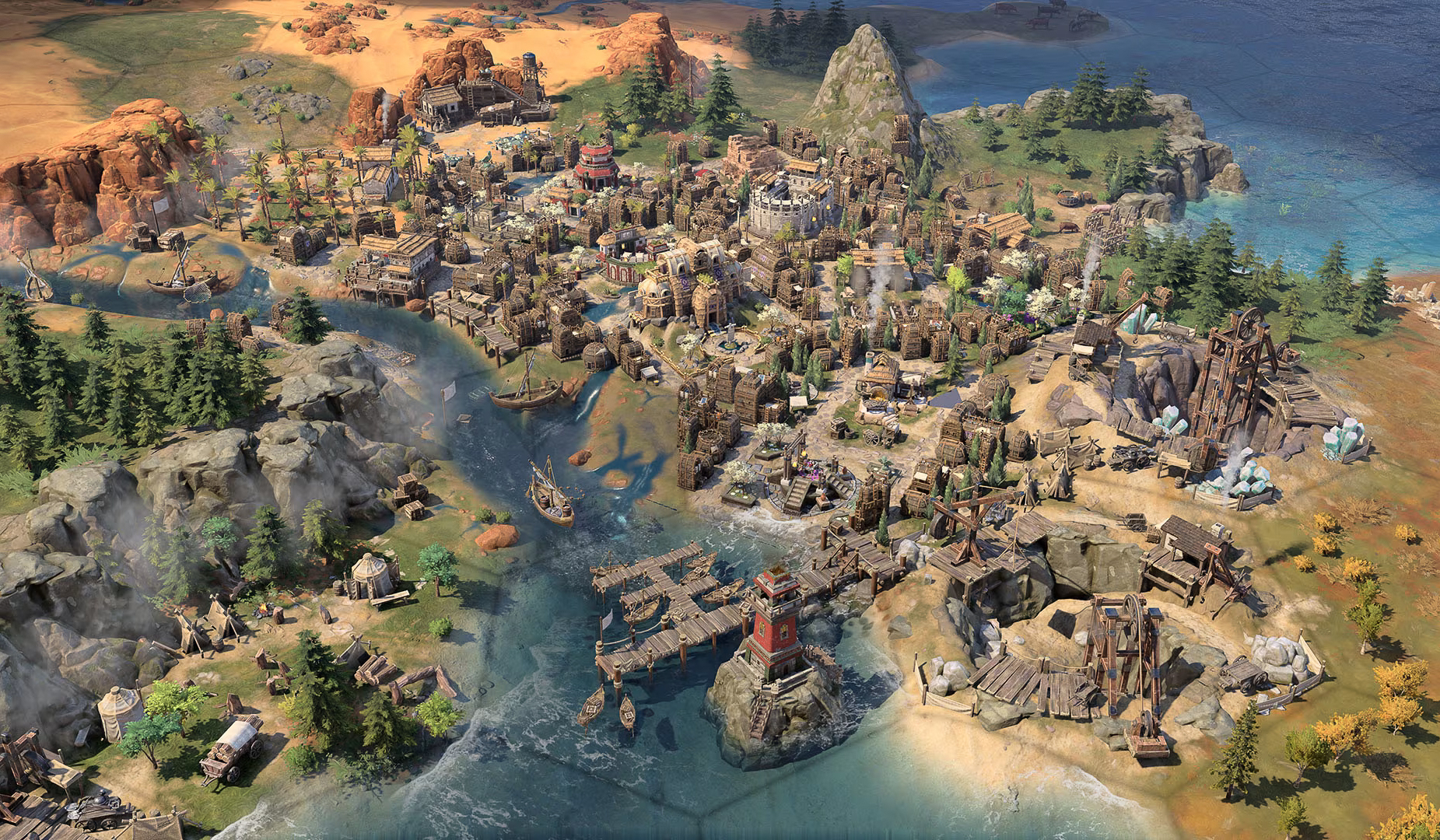Despite lingering questions concerning the fall sports season, Michigan Athletics began welcoming students back to campus the week of June 16 for voluntary summer workouts — but not just any students. These Wolverines were student-athletes willing to endure an intense, three-week safety protocol process developed to protect themselves and staff from contracting COVID-19. So far, the measures appear to be working. As of July 31, 820 students involved in roughly 19 sports have returned to the athletic campus with only 28 testing positive.
Initially, the only athletes the NCAA allowed to return to campus were those playing football, and men and women’s basketball. It later expanded its June 1 ruling to include all Division I sports, leaving details of return plans up to its member institutions.
Following the safe introduction of the first 221 student-athletes (with no staff and just two asymptomatic students testing positive), Michigan Athletics allowed more to return in July.
Once student-athletes come back to Ann Arbor, they must follow a medical and public health-informed protocol and plan developed by medical experts from across U-M’s campus in collaboration with the Big Ten Conference and peers across the NCAA. The protocol also adheres to local, state, and national guidelines around COVID-19.
Student-athletes must take these steps before Michigan Athletics will allow them back on the athletic campus during the pandemic:
- Two weeks before returning to campus, athletes receive a daily text message with a series of questions asking about recent travel; any suspected COVID-19 symptoms; and any sleep, appetite, anxiety, or mental health issues they may be experiencing. Athletic trainers review their answers daily and intervene if the student is having any problems.
- Day zero of a six-day “resocialization process” begins when the student returns to campus following the 14-day assessment. Students must report immediately to the University Health Service, where they are administered a COVID-19 test and an antibody test to see if they might have immunity to the virus.
- Days two and three mark the “shelter-in-place” period, where students must stay in their primary residence in Ann Arbor or a temporary location. During this time, they participate in virtual education sessions, including a health history session with an athletic trainer, as well as other team-related virtual programming.
- Day four, the student receives a COVID-specific, pre-participation physical exam, which includes vitals checks. Some student-athletes also take part in a cardiac work-up. Afterward — upon receiving clearance from the team physician — the student goes through concussion-baseline testing and a body-composition analysis.
- Days five and six, students participate in sport-specific strength testing as well as a movement analysis where the trainers look closely at flexibility and mobility.
- Day seven, players return to voluntary workouts. Based on the information from the six-day resocialization period, the athletic trainers then give each player a customized strength-and-conditioning program.
- Once the student-athletes have that program, they can enter Schembechler Hall through the front entrance of the building. Once inside, their temperature is checked and they fill out a survey asking if they are experiencing any symptoms related to COVID-19. Afterward, they receive items and guidelines necessary to participate in team functions (such as social distancing, wearing of masks, and hand hygiene). The temperature check and survey take place each time an athlete enters the building.
- Once inside the gym, the athletes must wash their hands before touching any doors or water bottles and move only in a forward direction, exiting through the back of the building after changing in the locker room. This ensures they will not cross paths with players arriving in the front. Strength coaches also must wear masks, and athletes lifting weights must wear additional headgear designed to prevent transmission of germs. A surveillance-testing program will carry on throughout the rest of the summer to re-test individuals currently on campus, as necessary.
- Students who do test positive are provided with a range of medical services and temporary living options while they quarantine. Contact tracing allows community members who may have come into contact with affected individuals to be notified and monitored.
Jennifer Conlin, ’83, is the deputy editor of Michigan Alumnus.





